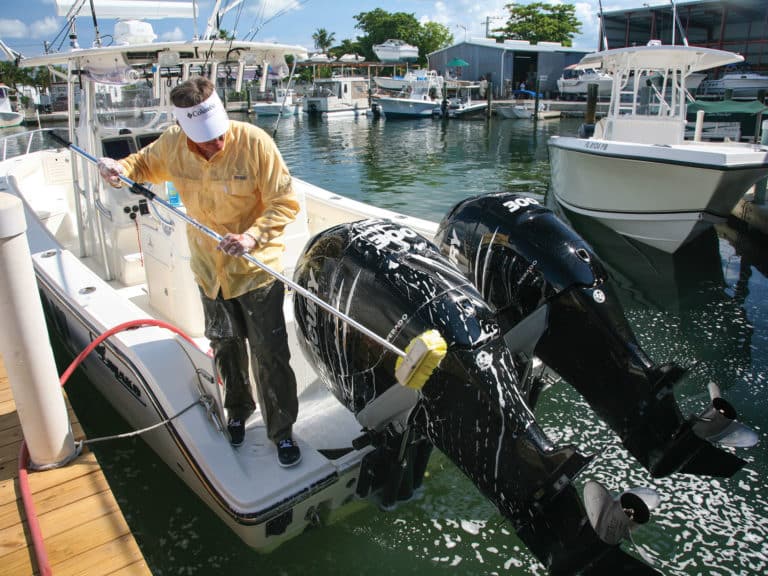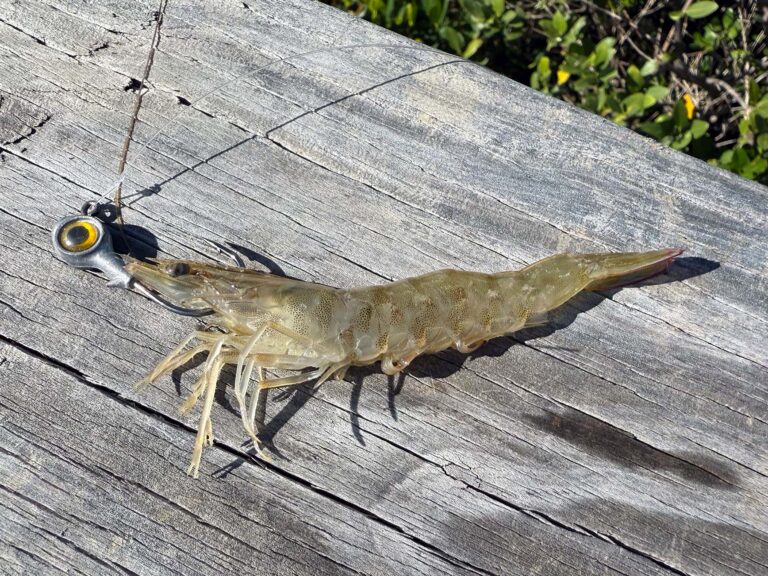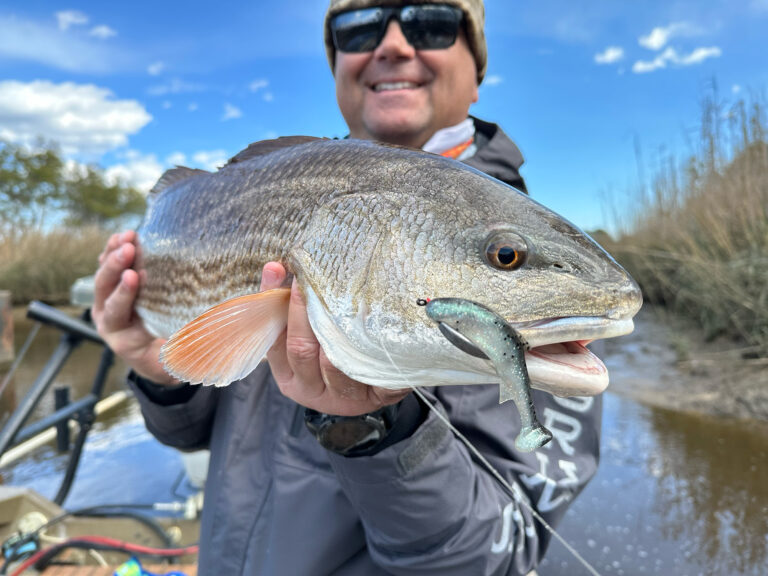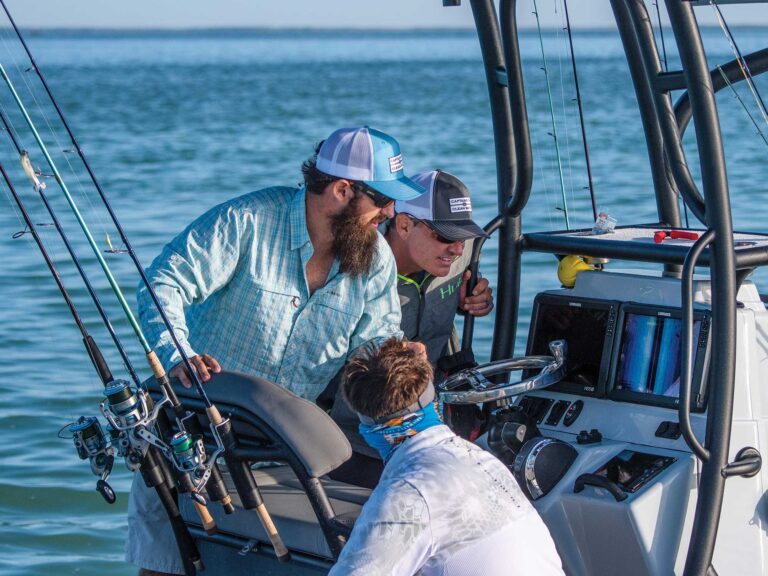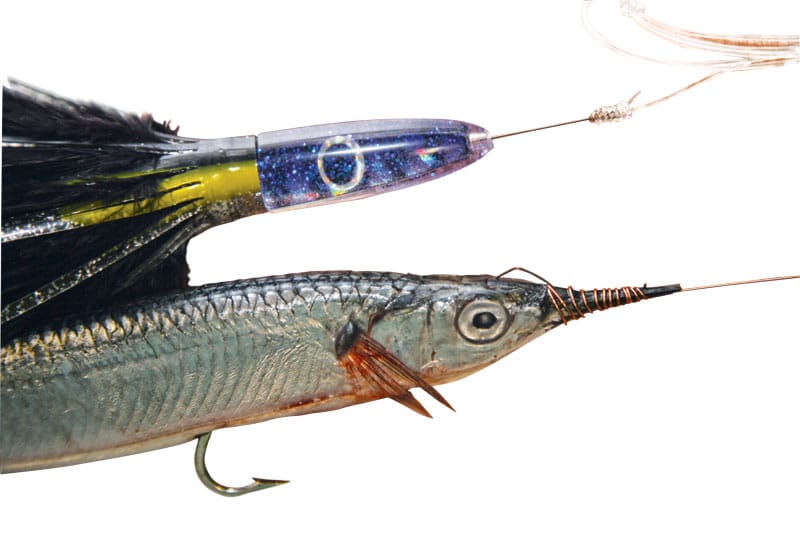
When you’re trolling for cagey game fish like sailfish, white marlin and tuna, nylon or fluorocarbon monofilament leaders are the norm. The breaking strength of these leaders and accompanying hook size often diminishes accordingly, based on the aggressiveness of the targeted species; it’s all about drawing the strike.
But what happens when a wahoo or trophy king mackerel intercepts one of these baits, clipping it off at the leader? From personal experience, it’s a gut-wrenching loss.
So how do you maintain the minimal visibility and action provided by monofilament nylon and fluorocarbon leaders without sacrificing the rig to those toothy predators? Consider incorporating a wire trace into your leader, fine-tuning the length of the wire so it remains hidden under the bait’s beak or chin, protruding a few inches beyond its head for cutoff protection. This setup is ideal for ballyhoo, as well as trolling feathers, strip baits and lures.
Best of Both Rigs
Ray McConnell, proprietor of Ray’s Offshore Bait and Tackle in Boca Raton, Florida, is an authority on selecting and rigging trolling baits and lures, and he has a wealth of fishing experience, especially in the Bahamas. During a trip to San Salvador aboard Don Strom’s Foxy Lady II, with Capt. George Gardner behind the wheel, Strom asked McConnell to put out a couple of his Kingfisher tuna lures. Aware that they were traversing big wahoo waters, McConnell added a trace of No. 10 wire to the 150-pound fluorocarbon leader on one lure, and fished the other lure on a straight fluorocarbon leader. They were using 80-pound-class tackle.
Shortly thereafter, they hooked into a doubleheader. One fish immediately bit through the fluorocarbon leader; the other fish, on the leader with the wire trace, was solidly hooked. “It was a huge fish,” says McConnell. “Strom fought that fish with 80-pound-class gear and with heavy pressure for exactly 49 minutes before it got free. What exactly was it? I’m thinking maybe a huge yellowfin. If it was a wahoo, it was a real monster. Regardless of the outcome, that wire trace gave us a shot at that fish, while the pure fluorocarbon leader did not.”
Custom Fit
McConnell rigs a lot of trolling ballyhoo, as well as his line of tuna lures, with wire-trace leaders. He claims it’s imperative to match the wire to the mono leader. Wire that is heavier than the main leader could cut through the mono. He advises using No. 6 single-strand wire with a 60-pound-test nylon or fluorocarbon leader for king mackerel, and No. 7 wire with 80-pound-test mono for general offshore trolling, where wahoo are a possibility.
Step One
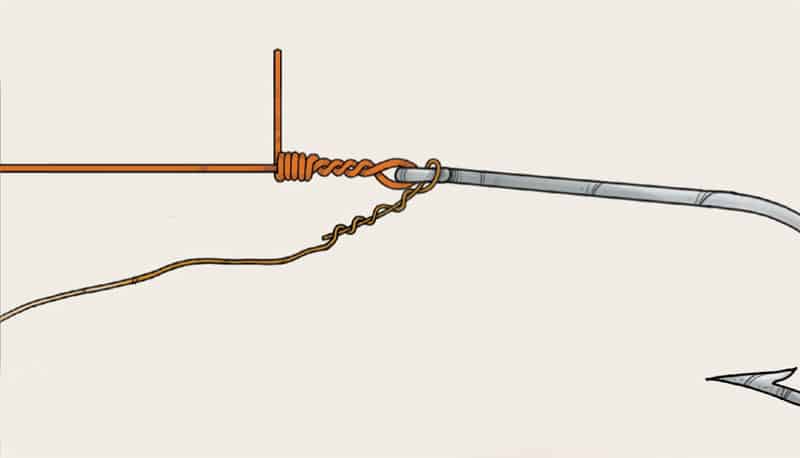
For general offshore trolling, Haywire-Twist a length of No. 7 single-strand wire to a long-shank 6/0 or 7/0 hook. Leave the tag end long to form a pin at 90 degrees to the hook point. At this stage, trim the wire trace to the preferred length.
Step Two
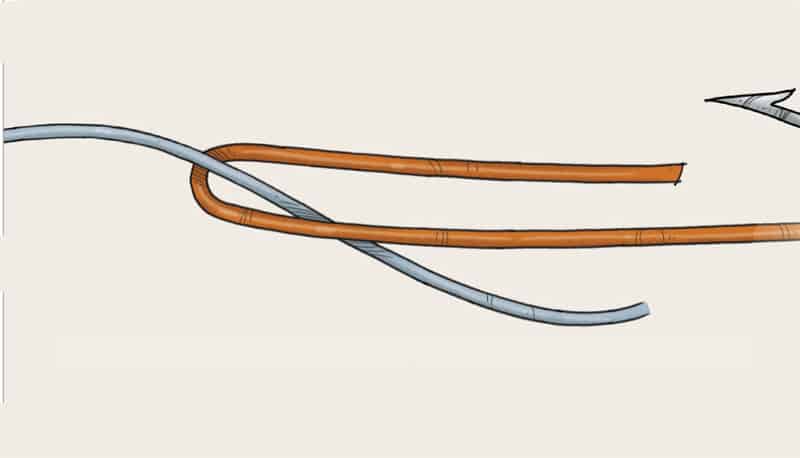
Fold back a few inches of the tag end of the wire opposite the hook, which will be used to Albright-Knot the wire to the nylon or fluorocarbon leader.
Step Three
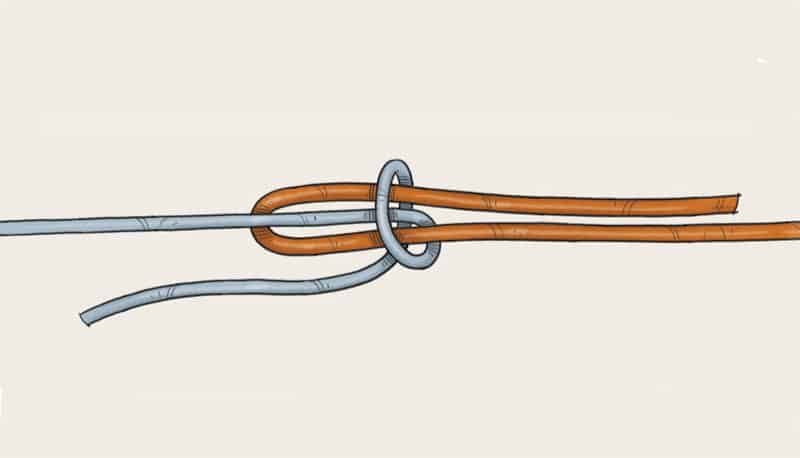
Pass several inches of the main leader through the “loop” formed by bending the wire. Hold the mono in place alongside the wire loop, then reverse its direction to head back down over itself toward the loop in the wire.
Step Four
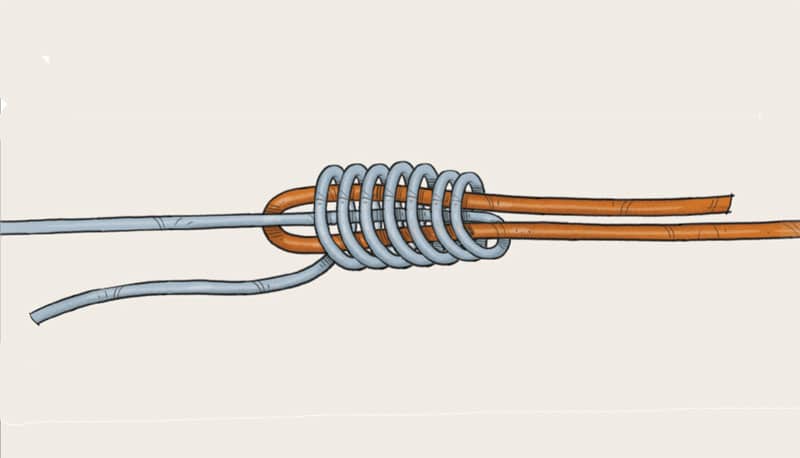
Wrap the end of the mono leader, closely spaced, back toward the bend in wire, wrapping it snugly six or seven times. Make sure to wrap around both strands of wire and the leader with these turns.
Step Five
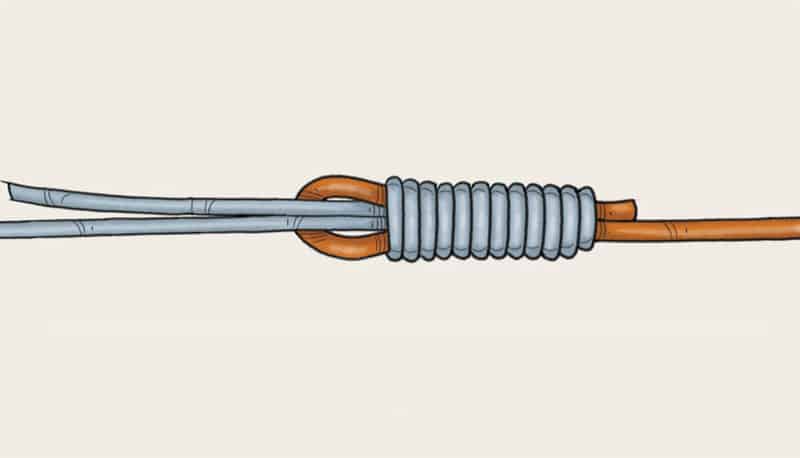
Pass the tag end of the main leader back through the loop in the wire the same way it came through originally, and cinch down the knot by pulling the wire leader and the primary leader in opposite directions. To facilitate the connection, moisten it with saliva. Then apply pressure on the opposite strands until the compact knot sets.
Step Six
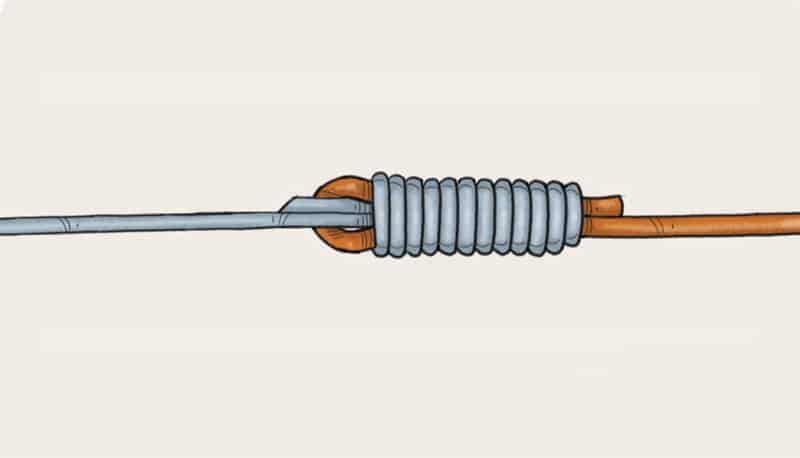
The connection is complete. Trim the excess tags as close to the knot as possible.
Step Seven
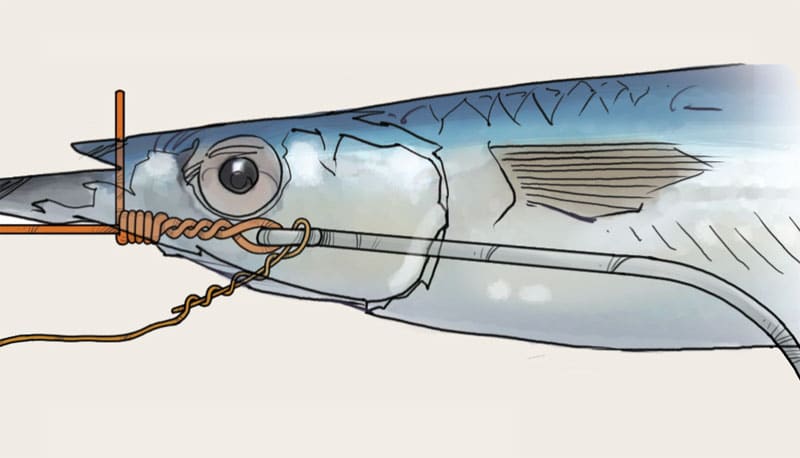
Rig a ballyhoo on the wire pin rig. Laying the rig alongside the bait, visualize where the hook will protrude, then thread the ballyhoo onto the hook and run the pin through the center of both jaws, and wrap the copper wire over the head behind the pin, and then forward and down the beak to secure the leader to the bait.





